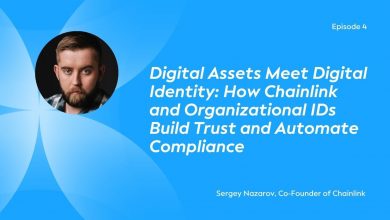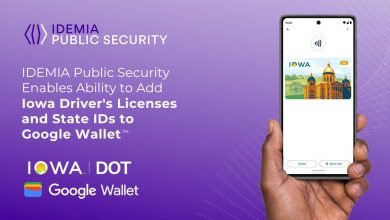Digital Services Architecture
-

AI and Geospatial Intelligence Transform Public Reporting in Westminster City Council
Geospatial AI, or GeoAI, combines artificial intelligence with location-based data and geographic information systems to analyze and interpret spatial information…
Read More » -

Bhutan Anchors National Digital Identity on Ethereum: A Global First
Citizens manage their self-sovereign identities through a mobile wallet with biometric authentication. Ethereum enables verifiable credentials (VCs) and digital signing,…
Read More » -

Unified Data Exchange Platform as the Centrepiece of Digital Public Infrastructure
A UDEP is a technology framework that facilitates the secure, standardized, and interoperable exchange of data among various entities—government agencies,…
Read More » -

Defining LEI’s (Legal Entity Identifiers) as a Component Part of Digital Public Infrastructure
LEIs enhance trust in digital transactions, streamline regulatory compliance, and support use cases like KYC, AML, cross-border payments, and digital…
Read More » -

MyGovID – Ireland’s National Digital Identity Service
MyGovID provides a secure and streamlined way for citizens to access a wide range of online government services through a…
Read More » -

California’s Digital Identity Framework: Blueprint for Digital Wallet-based Identity Services
Guided by principles of world-class security, privacy by design, access and equity, and interoperability, the framework is a cornerstone of…
Read More » -

IDEMIA Public Security Enables Ability to Add Iowa Driver’s Licenses and State IDs to Google Wallet
The Iowa Mobile ID, first introduced by IDEMIA in October 2023, can still be accessed via its dedicated app, but…
Read More » -

Architecture for Digital Government: A Single Patient Record or a Unified Citizen Record?
Debating the different models for storing citizen records, that utilize a decentralized vs a centralized approach.
Read More » -

Enterprise Workforce Credentials – Securing Employment Workflows with Digital Identity
A use case scenario that naturally flows on from the Digital Wallets for Education capability is Workforce Credentials. With a…
Read More » -

What is ‘Government as a Platform
Government as a Platform (GaaP) reimagines how public services are delivered by treating government operations as a modular, digital ecosystem…
Read More »